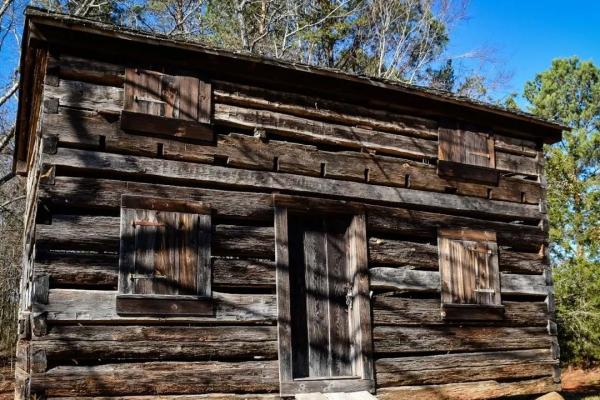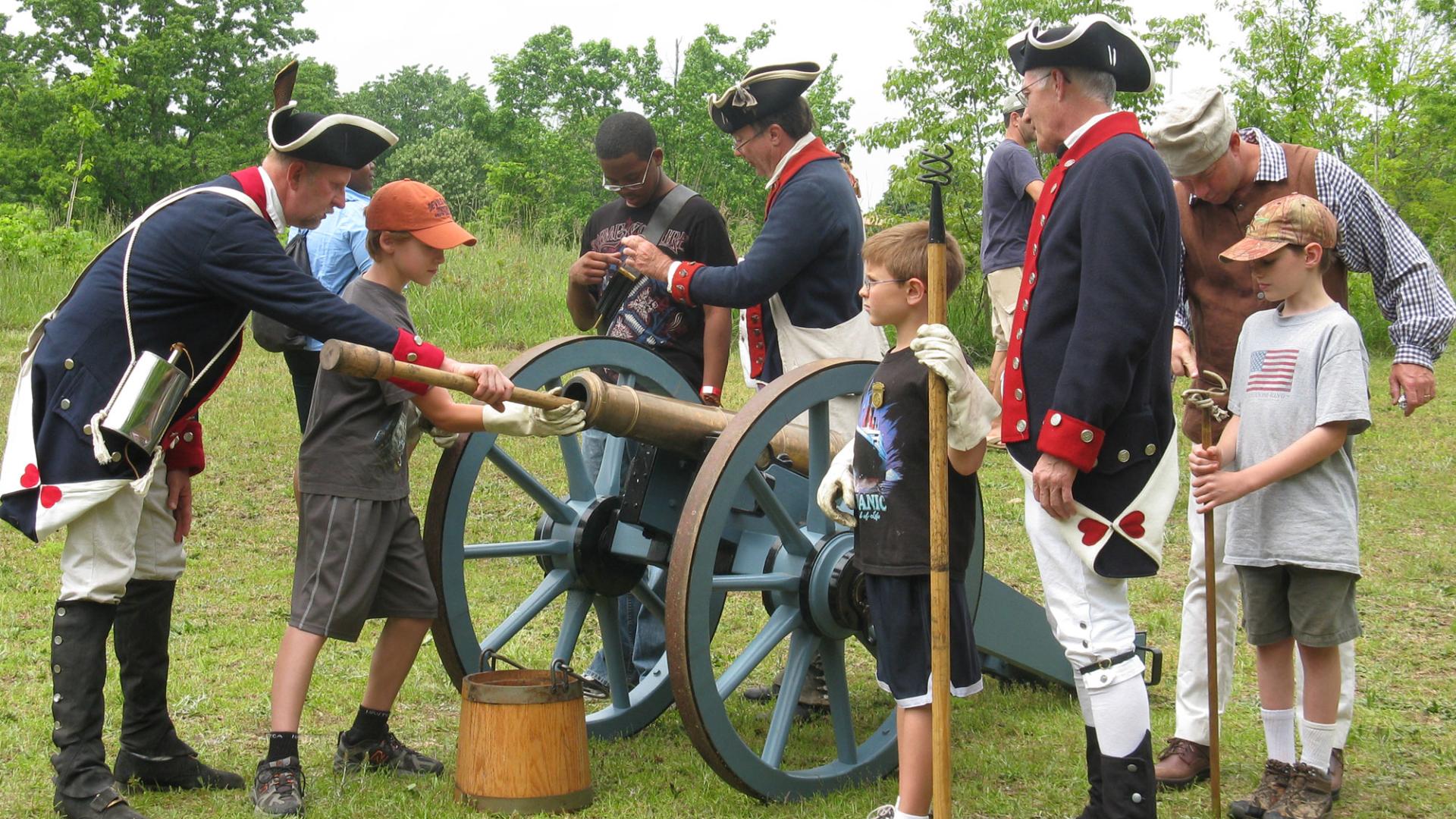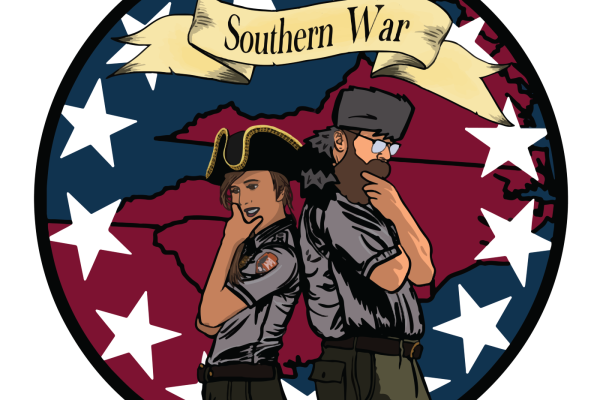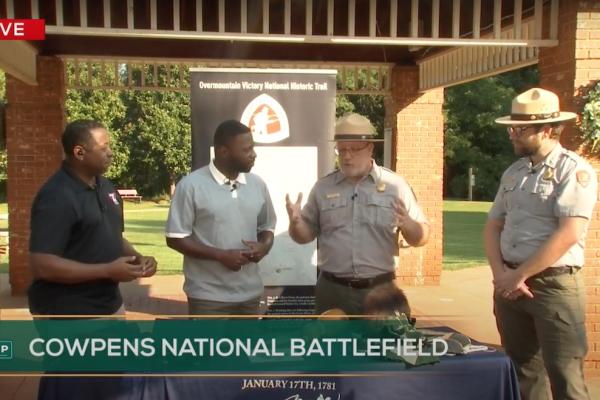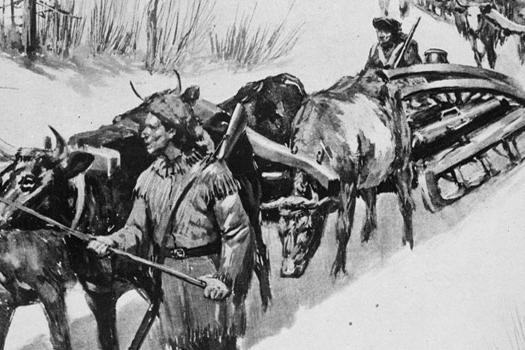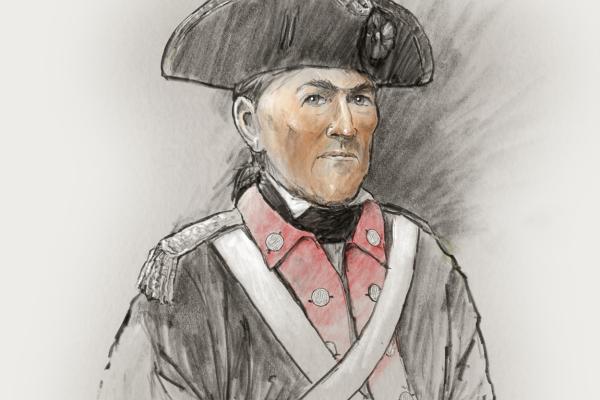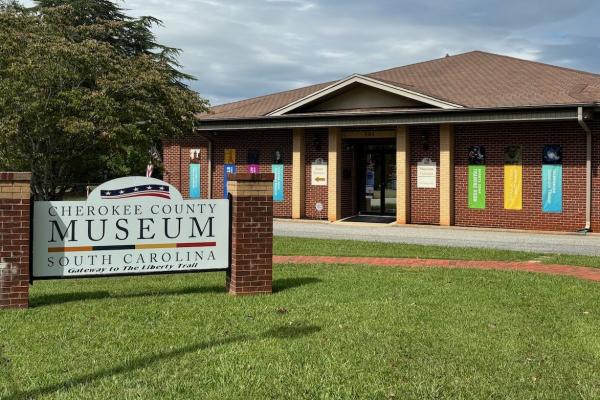A stunning example of military prowess and skilled leadership, the Battle of Cowpens near Chesnee, South Carolina, was a critical American victory in the Revolutionary War. This engagement further weakened British attempts to wrest the southern colonies from American control.
How it ended
American victory. After a string of bad luck in the Southern Campaign, the American army demonstrated its worth in a swift struggle that decisively hindered British forces in the South.
In context
By late 1778, the British high command proceeded with their "Southern Strategy." Why did they choose this new “Southern Strategy?” Simply put, economics. The New England colonies produced many of the same products and goods as the British Isles, but the Southern Colonies were a different story. Rice, indigo, tobacco, and other cash crops abounded. Crops that could not be produced in the British Isles. The institution of chattel slavery helped to keep the wholesale prices of these products low, and British mercantilism could profit from cornering the market and selling the goods for substantial profits. Many leaders in London felt that the Southern people supported Toryism, and by default were more apt to take up arms as loyalists. These loyalist forces could be relied upon to bolster the British war effort lending manpower to an army that had been at war with their own colonists since 1775. However, in the South Carolina Low Country, British soldiers freed southern planters’ greatest source of labor and income—enslaved workers. While in the Backcountry, British officers used threats and intimidation against the population. Thus, by alienating the population, the British had difficulty rallying sympathetic allies to their cause, while exacerbating the civil war within a civil war. With little loyalist support, they faced greater challenges in battle as the campaign in the South continued.
The South Carolina backcountry turned out to be Britain’s undoing. The colonial population there was split between patriots and loyalists. The territory was essentially engaged in civil war, with neighbor pitted against neighbor. Both sides organized militias and engaged in armed raids and reprisals. Into this hostile arena, General George Washington sent Major General Nathanael Greene to take command of the Southern Army. Greene, just two weeks into his command, split his force, sending Brigadier General Daniel Morgan southwest of the Catawba River to cut supply lines and hamper British operations.
General Cornwallis, the British commander in the South, countered Greene's move by sending Lieutenant Colonel Banastre Tarleton to block Morgan's progress. Tarleton was only 26 years old, but he was already an able commander. He was also feared and hated. At the Battle of Waxhaws in 1780, Tarleton was alleged to have attacked Continental Army troops who were trying to surrender. His refusal of offering “no quarter,” is said to be the derivation of the derisive term "Tarleton's Quarter,” meaning “taking no prisoners.” Morgan’s brilliant victory over Tarleton at the Battle of Cowpens was humiliating for the elite British army officer. His loss directly contributed to Cornwallis’s defeat in the southern colonies, the British surrender at Yorktown, and American independence.
Before the Battle
Lieutenant Colonel Banastre Tarleton, boosted by the British success at Camden and other victories, aggressively pursues American general Daniel Morgan’s forces through South Carolina. Confident that his 1,150 men will continue to be successful in the South, Tarleton chases Morgan without knowing how many men Morgan actually has at his side. Morgan, however, is well aware of the strength and location of his enemy. He readies his 1,065 men for battle.
Tarleton’s early morning crossing of the Pacolet River on January 16 forces Morgan to abandon his campsite and fall back on Cowpens pasture near Thicketty Creek. This open, rolling woodland of first-growth pines and hardwoods is excellent country for cavalrymen but offers little cover for riflemen. The Americans find a slope ridge, which dips down to a shallow swale and rises again to a higher ridge. Just behind the crown of the second ridge is a deeper gully in which cavalry can be concealed. Morgan spends the evening moving from campfire to campfire, talking with his soldiers before combat and building their resolve.
During the Battle
January 17. Near dawn that morning, Morgan’s men meet the British on wide-open South Carolina pastureland. Morgan knows his men and he knows Tarleton’s. Hoping to hinder any impulse among his troops to retreat, he positions his forces between the Broad and Pacolet rivers, ensuring a head-on encounter with the enemy. Morgan worries that his men could panic in the early stages of combat, as they had in the American fiasco at Camden months before. Boosting morale in his men and safeguarding their confidence with two rivers, Morgan takes a chance against Tarleton’s more disciplined and trained troops. Betting that Tarleton will employ typical British field battle tactics by lining up his men in a linear assault, Morgan deliberately leaves his flanks open, inviting Tarleton’s troops to take the bait.
Morgan forms his defense into three separate lines: the first of skirmishers; the second of militia, and the third and last line consisting of the better-trained Continental Army units. He orders some trained men to be in first two lines and to shoot British officers first, so when the British get through the lines the Royal Army will be leaderless and disorganized. As the British advance, Morgan commands his militia in the second line to fire two volleys and then immediately retire to the rear of the line to fight in reserve behind the line of Continentals. This maneuver gives the impression that the Americans are fleeing, while at the same time concealing the third line, which can fire on British troops as they assault the hill. The arrangement works. The British suffer heavy casualties in the initial attacks. By the time they reach the third American line, they have fallen apart.
Depleted of officers, Tarleton’s men continue to try and press their advantage. An hour into the fighting, elements of Morgan’s Virginia Regiments fire point blank into the British as they attempt a feeble flanking move on the right. Just when the British assault is blunted, the Americans fix bayonets and plunge into the enemy. In the melee that follows, Americans seize the two small field pieces the British had brought along for artillery support. The British line crumbles with Regulars throwing down their arms and surrendering.
American cavalry advance from behind the third line to cut off the British, shocking and devastating the Royal Army soldiers left standing. Morgan orders 100 cavalrymen under William Washington (second cousin, first-removed to George Washington) to meet Tarleton’s men at the third line. Washington’s horsemen attack on the right and reformed militia from first two lines strike left, overwhelming Tarleton's frazzled troops. Those British who can, try to run—only to be hotly pursued by the American cavalry. Washington personally takes on Tarleton with his sabre, shouting insults as he attacks. Tarleton shoots Washington’s horse out from under him and, like his men, flees the field. By 8:00 am the battle is over.
Aftermath
After the battle, Morgan buries the dead, and, with many British prisoners in tow, heads north to avoid an encounter with Cornwallis. He later retires from duty due to ill health.
After Cowpens, Cornwallis gives up on his efforts to win in South Carolina and pursues Greene’s force into North Carolina. He defeats Greene at the Battle of Guilford Court House in March, then withdraws to Virginia to rest and refit his tired and depleted army. Washington seizes the opportunity to trap and defeat Cornwallis at the Battle of Yorktown, which is the last major conflict of the Revolutionary War.
What's Nearby
Explore more of The Liberty Trail by visiting these nearby attractions.
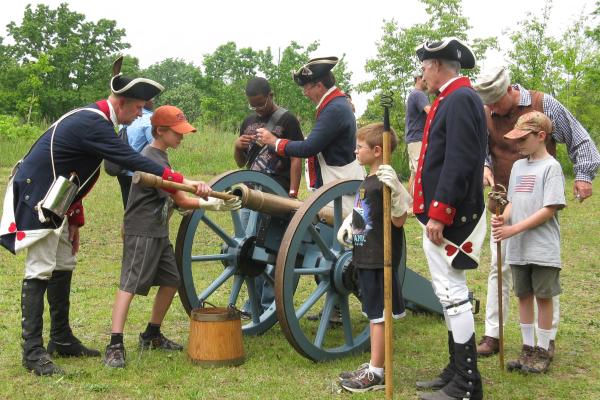
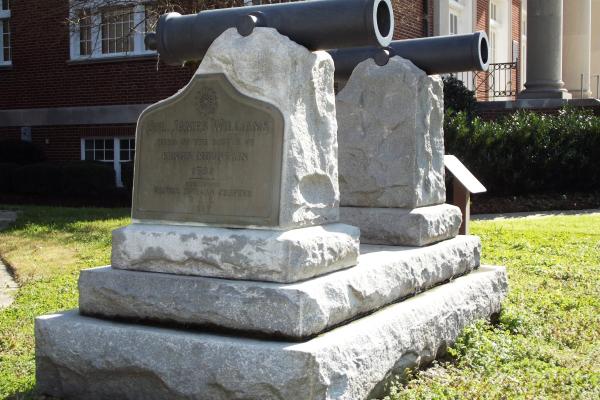
Gaffney, SC 29340
Gaffney, SC 29340
